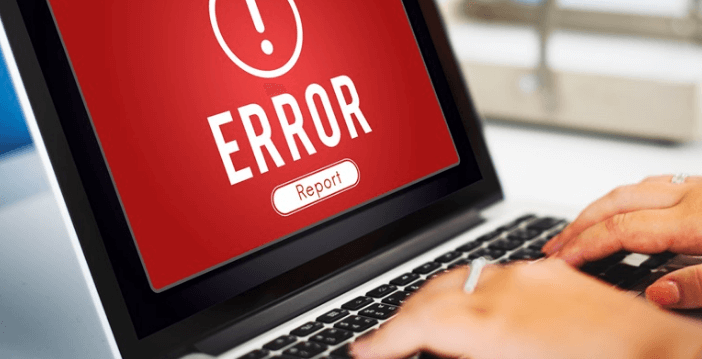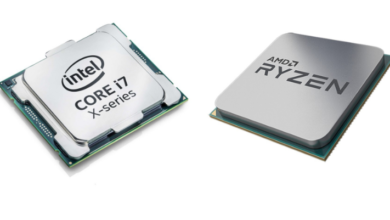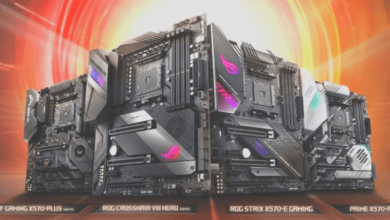How to Fix Common Computer Issues

Your organization’s productivity is heavily reliant on computers, regardless of what industry you operate in. Over the years, you have become more efficient thanks to new software and hardware advancements.
Nevertheless, if you regularly use computers in your daily activities, you are bound to face some technical issues at some point. In most cases, it is possible to fix the issues and continue working on the day.
Following is a list of six common computer problems as well as how to fix them.
Slow Performance
Your everyday applications may begin to run slower. This is likely due to a problem with your operating system. A fragmented drive (C:) is typically the cause of this problem. It’s not a big deal – it can be easily fixed with a few basic software changes. To see which applications are consuming the most CPU and RAM, run a quick system check in Task Manager.
Disable any unnecessary background processes and programs you don’t use. If you encounter more complicated hardware problems, your operating system comes pre-loaded with a variety of free diagnostic and troubleshooting tests that you can use to figure out the issue.
Loud Noises From Computer
It is possible for your computer to begin making loud clicking or grinding noises. If this is the case, you are almost certain to be experiencing some sort of hardware failure. You may hear loud noises from a range of sources, but it’s likely from rotary actions of cooling fans or your hard drive(s).
It may be time to replace the cooling fans if you open the case and notice noise coming from them. A cooling fan can be easily changed with a screwdriver, and they’re not too expensive. You should also check the fans and power supplies on your CPU. You may have to pay a little more for these replacements.
Computer Constantly Freezes
A computer is a complex machine that manages multiple processes without you even noticing it. You may experience computer freezes or inactivity because of this complexity. This problem can usually be resolved by restarting your computer. When your computer is freezing constantly, it could be a result of low memory, registry errors, corrupted files, or spyware. If the problem persists, you should address each of the potential problems individually.
If your system doesn’t have enough memory for your applications, you can run system checks in the background. You can also use a malware or antivirus program to check thoroughly. Viruses and registry errors can impact the resources of your computer. The company can also provide assistance in repairing those problems.
Internet Browsing Is Slow or Unresponsive
A combination of software and hardware issues could be causing your internet to be slow or unresponsive. In the event that you have already confirmed that your WiFi or LAN internet connection is strong and active, the lag could arise from a conflict in the IP address registration. Rebooting the modem or router should resolve the issue. It could be your browser that is the problem if it doesn’t fix the issue.
A large browsing history and cache can slow down the performance of your browser over time. Failure of browser extensions may also contribute to the slowdown. Maintain your browser’s performance by regularly clearing your internet search history and cache. The best thing you can do if all else fails is to reinstall your browser or use another browser altogether to see if the problem persists.
You’re Seeing a BSOD (Blue Screen of Death)
Having the BSOD (Blue Screen of Death) appear when you’re working on an important document can be terrifying. There is a very high likelihood that this STOP error is hardware-related, and it may indicate system failure. However, the situation isn’t hopeless. You might only need to reboot your computer to fix the problem.
The problem must be diagnosed further, however, in most cases. Your computer will display a blue screen if a problem arises. Online codes can help you narrow down the problem and work toward a solution or seek assistance.
Screen Display Is Truncated or Has Low Resolution
You may see truncated desktop icons and text after you restart your computer if you notice the resolution has changed. This is usually caused by outdated graphics drivers. On the manufacturer’s website, you can find the latest software for your card if you know the brand or model.
If this doesn’t resolve your issue, you may have a more serious hardware issue. It is possible, however, that you may have to replace the graphics card entirely to solve the problem. Usually, however, the problem is a software issue.It is not the end of the world if you experience computer problems. You don’t necessarily have to spend a fortune upgrading your system. Work through possible solutions as issues arise and understand the cause of the problem.




